Introduction
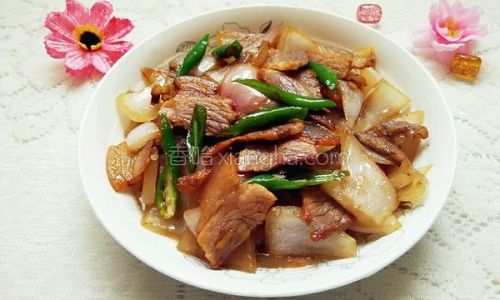
In the vast realm of culinary arts, traditional dishes often hold a special place, not just for their taste but also for the memories and stories they evoke. One such dish that stands out in the Chinese culinary tradition is Onion-Fried Preserved Pork, a hearty and flavorful meal that combines the savory taste of preserved pork, known as “la rou” in Chinese, with the sweet and pungent notes of onions. This dish is not only a delight for the taste buds but also a testament to the art of preserving food and the skill of combining ingredients to create something truly remarkable.
In this article, we will embark on a culinary journey, exploring the origins, ingredients, preparation steps, and the cultural significance of Onion-Fried Preserved Pork. By the end, you will not only have a comprehensive understanding of how to make this dish but also appreciate the depth of flavor and history it encapsulates.
Origins and Cultural Significance
The history of preserved pork, or la rou, dates back centuries in China. It was originally a method of preserving meat during times when refrigeration was not available. By salting, smoking, and air-drying pork, people could ensure that they had a source of protein throughout the year, especially during winter when fresh meat was scarce. Over time, preserved pork became a staple in many Chinese households, evolving into various dishes that are enjoyed today.
Onion-Fried Preserved Pork, in particular, is a dish that has gained popularity in regions where onions are abundantly grown, such as the northern and northwestern parts of China. The combination of the smoky, salty flavor of the preserved pork with the sweetness and pungency of onions creates a dish that is both comforting and exciting. It is often served during festivals, family gatherings, or as a simple yet satisfying meal for everyday dining.
Beyond its taste, this dish also carries cultural significance. It represents the wisdom of our ancestors in preserving food and the creativity in using available ingredients to create something delicious. It is a reminder of the importance of tradition and the continuous evolution of culinary practices.
Ingredients and Their Roles
Before diving into the preparation steps, let’s take a closer look at the ingredients needed for Onion-Fried Preserved Pork and their roles in the dish.
-
Preserved Pork (La Rou): The star ingredient, preserved pork adds a unique flavor to the dish. Its smoky, salty taste is balanced by the other ingredients, creating a harmonious blend of flavors.
-
Onions: Onions are essential for their sweetness and pungency. They add depth to the dish and help to balance the saltiness of the preserved pork.
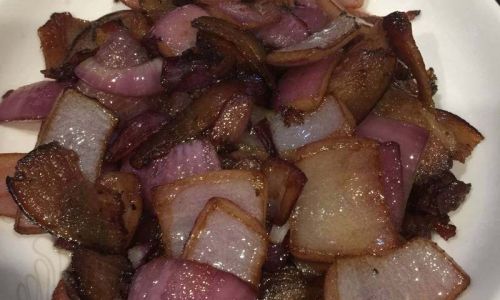
-
Garlic: Garlic enhances the overall flavor profile, adding a subtle hint of umami.
-
Ginger: Ginger provides a fresh, slightly spicy note that complements the other ingredients.
-
Green Onions: Used for garnish, green onions add a fresh, aromatic touch to the dish.
-
Soy Sauce: Soy sauce adds saltiness and a rich, umami flavor.
-
Sugar: A small amount of sugar helps to balance the flavors, especially the saltiness and pungency.
-
Sesame Oil: Sesame oil adds a nutty, fragrant flavor that elevates the dish.
-
Vegetable Oil: Used for cooking, vegetable oil ensures that the ingredients are evenly heated and browned.
-
Rice Wine or Shaoxing Wine (Optional): Adding a splash of rice wine or Shaoxing wine can further enhance the flavor profile, adding a layer of complexity.
Preparation Steps
Now that we have a clear understanding of the ingredients, let’s move on to the preparation steps. This recipe serves 4-6 people and can be adjusted according to your preferences and the number of servings needed.
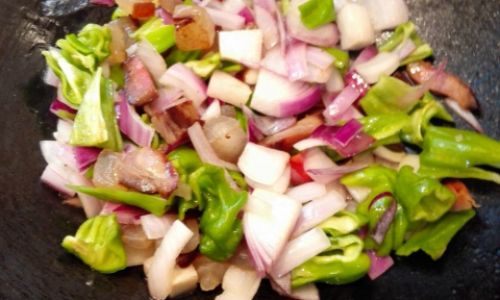
Step 1: Preparing the Preserved Pork
-
Soaking the Preserved Pork: Begin by soaking the preserved pork in cold water for about 2-4 hours. This helps to reduce its saltiness and makes it easier to slice.
-
Slicing the Pork: Once soaked, remove the preserved pork from the water and pat it dry with paper towels. Slice it into thin pieces, about 1/4 inch thick. This ensures that the pork cooks evenly and absorbs the flavors of the other ingredients.
Step 2: Preparing the Vegetables
-
Peeling and Slicing the Onions: Peel the onions and slice them into thin wedges. This allows them to cook quickly and evenly, releasing their sweetness and pungency.
-
Mincing the Garlic and Ginger: Peel the garlic and ginger, then mince them finely. This ensures that their flavors are evenly distributed throughout the dish.
Step 3: Cooking the Dish
-
Heating the Oil: In a large skillet or wok, heat about 2-3 tablespoons of vegetable oil over medium-high heat.
-
Cooking the Garlic and Ginger: Once the oil is hot, add the minced garlic and ginger. Stir-fry for about 30 seconds until fragrant. Be careful not to burn them, as this will make the dish bitter.
-
Adding the Preserved Pork: Add the sliced preserved pork to the skillet, spreading it out in a single layer. Cook for about 2-3 minutes on each side, until it becomes slightly crispy and golden brown. This helps to release the fat and deepen the flavor.

-
Adding the Onions: Push the preserved pork to one side of the skillet and add the sliced onions to the other side. Stir-fry the onions for about 2-3 minutes until they begin to soften and turn translucent.
-
Mixing the Ingredients: Combine the preserved pork and onions in the skillet, stirring occasionally to ensure that everything cooks evenly.
-
Seasoning: Add 1-2 tablespoons of soy sauce, a pinch of sugar, and a splash of rice wine or Shaoxing wine (if using). Stir well to coat the ingredients with the sauce. Cook for an additional 2-3 minutes, allowing the flavors to meld together.
-
Tasting and Adjusting: Taste the dish and adjust the seasoning as needed. If it’s too salty, you can add a bit more sugar or a splash of water to balance it out. If it’s too sweet, add a pinch of salt.
Step 4: Finishing and Serving
-
Adding Garnish: Once the dish is cooked to your liking, drizzle a small amount of sesame oil over the top. This adds a nutty, fragrant finish that elevates the dish.
-
Serving: Transfer the Onion-Fried Preserved Pork to a serving dish and garnish with chopped green onions. Serve immediately while hot, accompanied by steamed rice or your favorite side dish.
Tips and Variations
-
Adjusting the Saltiness: Preserved pork can vary in saltiness depending on how long it has been preserved and how it was prepared. Always soak it in water before cooking to reduce its saltiness, and taste the dish as you cook to adjust the seasoning accordingly.
-
Using Fresh Pork: If you prefer, you can substitute fresh pork belly for the preserved pork. However, note that the cooking time and flavor profile will differ. Fresh pork will require longer cooking time to achieve a similar texture and flavor.
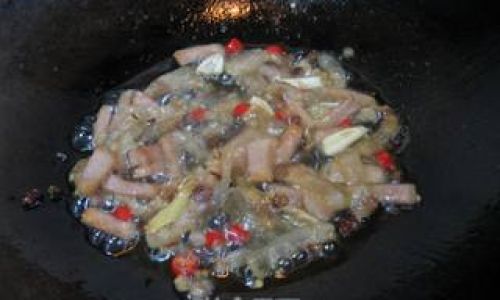
-
Adding Vegetables: Feel free to add other vegetables such as bell peppers, carrots, or mushrooms to the dish. This will add additional nutrients and flavors, making it more versatile and appealing.
-
Serving Suggestions: This dish pairs well with steamed rice, noodles, or even a simple salad. It can also be served as part of a larger meal, accompanied by other traditional Chinese dishes such as stir-fried vegetables, soup, or dumplings.
Conclusion
Onion-Fried Preserved Pork is a dish that embodies the essence of Chinese cuisine: a harmonious blend of flavors, a testament to tradition, and a celebration of culinary creativity. By following the steps outlined in this article, you can create a dish that is not only delicious but also steeped in history and culture.
As you cook this dish, take a moment to appreciate the ingredients, their journey from farm to table, and the skill and wisdom that have gone into preparing them. Share this meal with family and friends, and let it become a part of your own culinary traditions. Whether you’re celebrating a special occasion or simply enjoying a quiet evening at home, Onion-Fried Preserved Pork is sure to delight your taste buds and warm your heart.
Remember, the art of cooking is not just about following recipes but also about understanding the ingredients, experimenting with flavors, and creating something that is uniquely yours. Happy cooking!
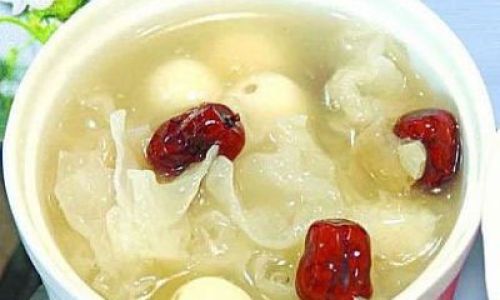
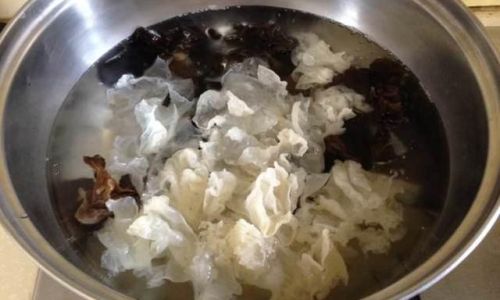
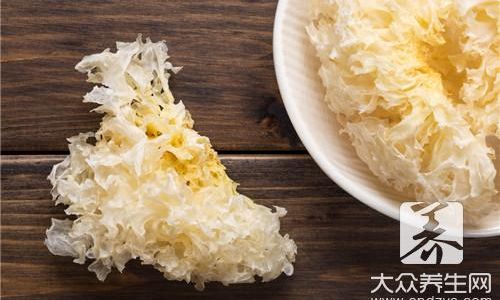
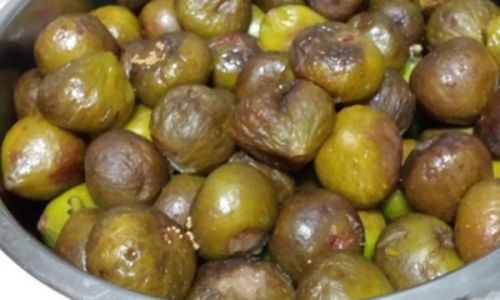
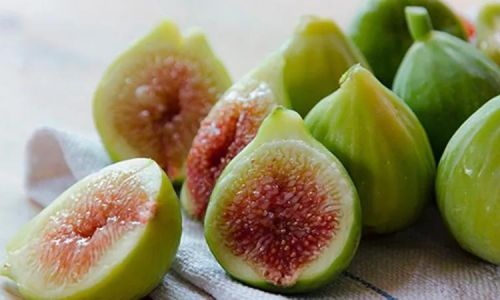
0 comments